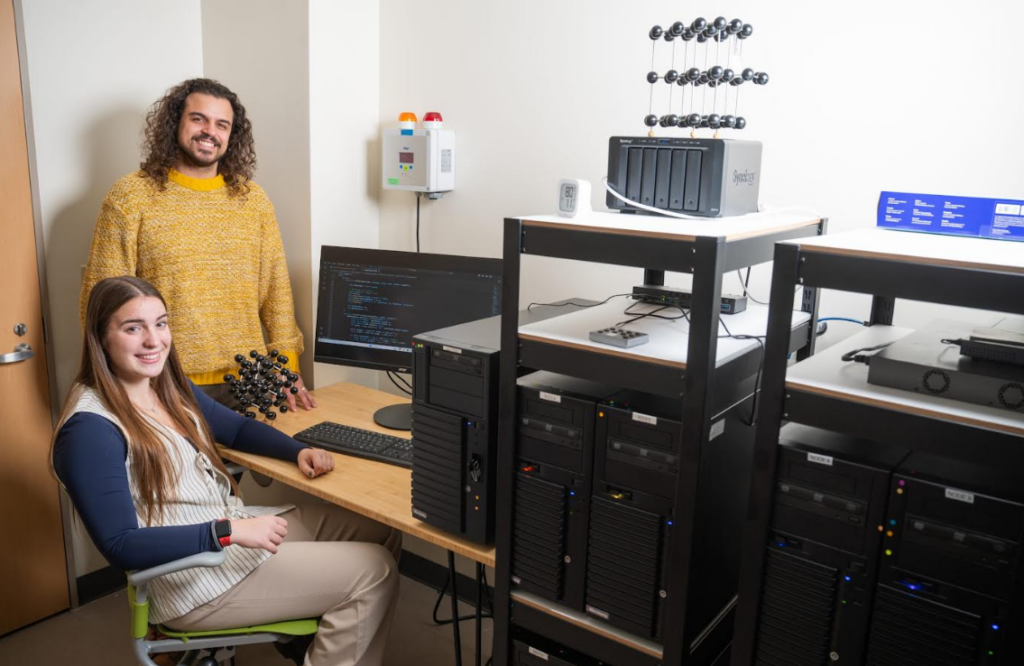Creating quantum networks, or the quantum internet, will need to be able to connect the super-senstive states over long distances, something that has been difficult to achieve. However, in two studies, a team of researchers, led by Delft University of Technology, have made progress in the conversion of quantum states between signals in the microwave and optical domains, a key technology for a quantum network, according to a news release.
“In order to connect several quantum computing nodes over large distances into a quantum internet, it is therefore vital to be able to convert quantum information from the microwave to the optical domain, and back,” said Simon Groeblacher, of Delft University of Technology, in the news release. “This will not only be extremely interesting for quantum applications, but also for highly efficient, low-noise conversion between classical optical and electrical signals.”
Groeblacher’s group led both studies.
Several promising approaches to creating a microwave to optics converter, such as using an oscillator, have been limited because they create thermal noise background, which limits their effectiveness, according to Moritz Forsch, one of the two lead authors on the publication.

“We have overcome this limitation and demonstrated coherent conversion between GHz microwave signals and the optical telecom band with minimal thermal background noise,” Forsch said in the news release.
To limit that thermal noise, the researchers cooled a mechanical oscillator into the quantum ground state of motion. The low thermal occupation forms the basis for quantum control over mechanical states, they added.
In another advance, the team worked with novel piezoelectric materials that can further boost the transduction of quantum information between different carriers, such as microwave and optical frequency domains. Their approach builds integrated piezoelectric opto-mechanical devices that are then coupled to microwave circuits.
“We have designed and characterized such a piezoelectric optomechanical device fabricated from gallium phosphide, in which a 2.9 GHz mechanical mode is coupled to a high quality factor optical resonator in the telecom band,” said Groeblacher. “The large electronic bandgap and the resulting low optical absorption of this new material, on par with devices fabricated from silicon, allows us to demonstrate quantum behavior of the structure.”
You can check more about quantum networks here.
The team report on their findings in Nature Physics and in Physical Review Letters.


















